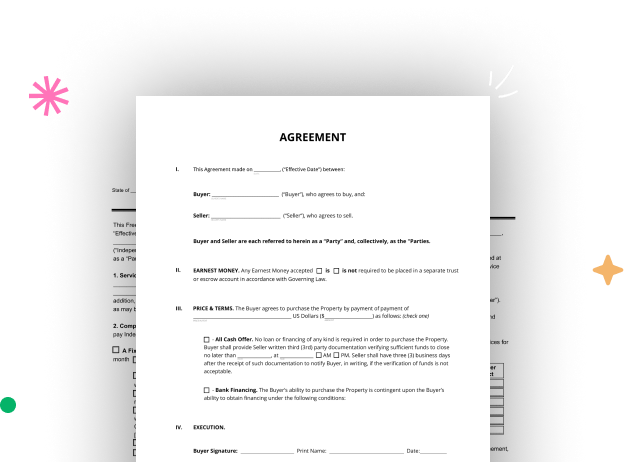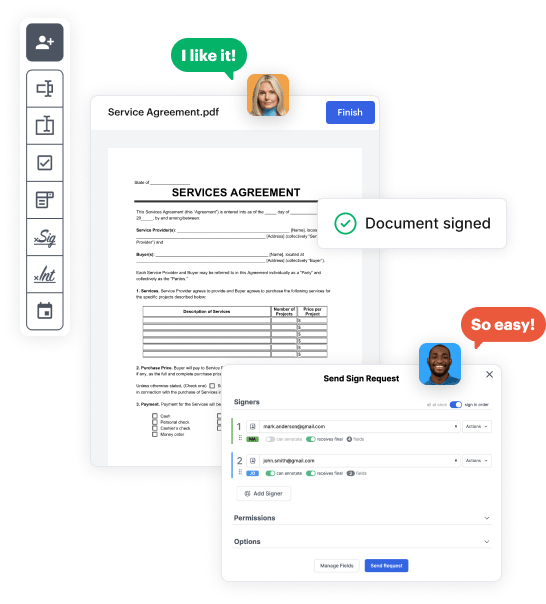

Begin by registering a free DocHub account using any offered sign-up method. Simply log in if you already have one.
Try out the complete collection of DocHub's advanced tools by registering for a free 30-day trial of the Pro plan and proceed to craft your Personal spread Balance Sheet Template.
In your dashboard, hit the New Document button > scroll down and choose to Create Blank Document. You’ll be taken to the editor.
Utilize the Page Controls icon marked by the arrow to switch between two page views and layouts for more convenience.
Explore the top toolbar to add document fields. Add and format text boxes, the signature block (if applicable), add photos, and other elements.
Arrange the fillable areas you added per your desired layout. Customize the size, font, and alignment to make sure the form is user-friendly and professional.
Save the completed copy in DocHub or in platforms like Google Drive or Dropbox, or design a new Personal spread Balance Sheet Template. Distribute your form via email or get a public link to reach more people.